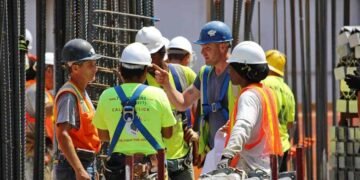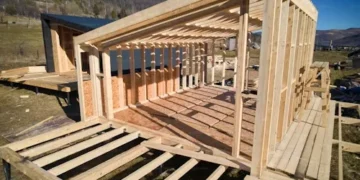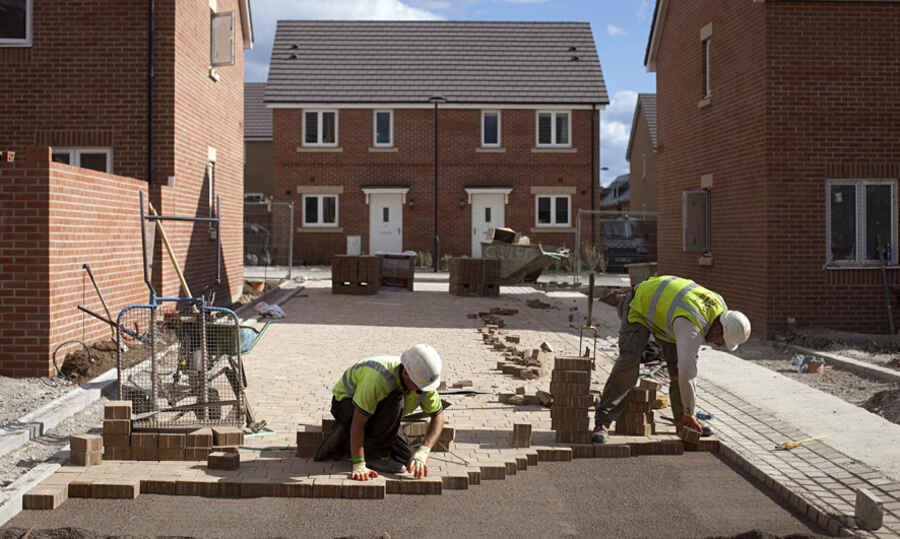So, you’re a construction student and you’re wondering if you have to bother with statistics, right? It might seem like it’s all about hammers and nails, but stats can be a secret weapon in construction.
Imagine you’re running a construction project. You need to know how long stuff will take and how much it’ll cost. Well, that’s where statistics come in. They’re like your crystal ball, helping you predict timelines and budgets.
And it’s not just about the big picture. Statistics help with the nitty-gritty, like quality control. They help you make sure things are being built right and spot anything that’s going off track.
Plus, the construction world is getting more techy. We’re using more digital tools that spit out lots of data. Knowing some statistics can help you make sense of that data and use it to your advantage.
Look, being a construction student is a beast all its own. One minute you’re getting the hang of AutoCAD, the next you’re trying to figure out why your concrete mix didn’t set right. And then, when you’re already up to your hard hat in projects, they drop statistics on you. If you feel that you can’t deal with it, get online statistics assignment help from EduBirdie. The construction student journey has its rough patches. But remember, even in the wild world of statistics, help is just a few clicks away. You’re a builder, after all. Building knowledge is what you do best.
Application of Statistics in Construction
As mentioned above, statistics and construction are quite interlinked. Here are some statistics applications in the construction sector.
1. Project Planning
Picture this, you’re about to kick off a new construction project. You’ve got your blueprint, your team, and your coffee. But you’re also staring at a pile of questions. How long will this take? How much will it cost? Here’s where stats save the day. Using past data, you can use statistical methods to forecast timelines and budget needs, helping you plan with more precision. For instance, regression analysis can be used to predict project costs based on variables like project size, location, complexity, and more.

2. Quality Control
You’re halfway through a project when you spot a problem with a material. If you’d caught it earlier, you could’ve saved time and money. That’s where stats come in. By using statistical quality control techniques, you can monitor the quality of your materials and processes consistently. For example, you could use a control chart to track the strength of concrete over time. If it dips below a certain point, you know there’s a problem to address.
3. Risk Management
Construction’s full of unexpected twists and turns. Delays, cost overruns, safety incidents – you name it. But with statistics, you can better understand and manage these risks. Probability distributions can help you estimate the likelihood of different outcomes, helping you prepare for the worst while hoping for the best.
4. Productivity Analysis
You’ve got a team of rockstars, but you want to make sure they’re working at their best. With stats, you can analyze productivity trends over time, identify bottlenecks, and spot areas for improvement. For example, you could use a time-series analysis to study how your team’s productivity changes during different times of the day or week.
5. Environmental Impact Studies
As a builder, you’re not just shaping buildings, but also the world we live in. By using statistical models, you can assess the environmental impact of your projects, from carbon emissions to waste production, and make more sustainable choices.
6. Market Research
To stay ahead in the game, you need to know what your clients want. Statistics can help you understand market trends, analyze customer preferences, and make data-driven decisions. For instance, you could use cluster analysis to identify different customer segments based on their preferences and tailor your offerings accordingly.
How to Get Better at Statistics?
Numbers are just numbers without the theory behind them. Make sure you understand the why, not just the how. Why do we use this formula? Why is this concept important?
Statistics is everywhere, from sports to politics to your Instagram feed. Try to connect what you’re learning with real-world examples. It makes it more interesting and easier to understand.
Besides, the internet is packed with resources to help you learn stats. Check out sites like Khan Academy or Coursera for free lessons and tutorials. There are also plenty of YouTube channels that break down complex concepts into easy-to-understand videos.
Conclusion
And finally, working in groups can make studying more fun and more effective. You can explain concepts to each other, work through problems together, and learn from each other’s mistakes.
Recommended Posts:













